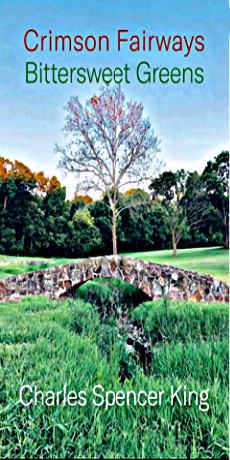BY JOHN CRAIB-COX
Every year a small group from Chicago’s St. Chrysostom’s Church travels to San Cristóbal de las Casas in Mexico to further the work of the Chiapas Project. In San Cristóbal, you are surrounded by the strong presence of the Colonial Past. Founded in 1528, the city has many buildings surviving from the Spanish Colonial Period. It is a city rich in the past. Buildings, traditional textiles, and the many Mayan languages are constantly reminders of the conjoined Mayan-Spanish heritage. This strong presence of the past is offset by the future promise of the many youthful friends we have made through the Chiapas Project.
The Chiapas region is unfamiliar to most of us. But in the winter many of the vegetables and flowers in our stores come from this region. These radishes were grown in Zinacantán, a village near San Cristóbal.
The Chiapas Earthquake (el terremoto) on September 7, 2017, was extremely destructive and caused a great deal of damage. This is particularly evident in many of the colonial era churches. The terremoto caused many of the roof tiles to cascade to the ground, leaving the church interior open to the elements. The thick walls, in many cases, shifted from the ground movements, and the buildings became structurally unsound and were closed to the public. Many of theses churches are now surrounded by corrugated fencing blocking access. The holes in the roof have been covered with plastic sheeting. Eventually, when funds are available, they will be repaired.
Templo de San Nicholás is one of the oldest colonial era churches in San Cristóbal. Built 1613-1621 for the indigenous population, it has not been greatly altered over the years. It is currently being stabilized and repaired. The interior is very simple, probably reflecting that it was built for an indigenous congregation.
Catedral de San Cristóbal Mátir (1721) was repaired and restored for the papal visit in 2017. The building is currently closed until the structure is stable and the earthquake damage has been repaired. The interior is very elaborate, with much carved decoration that has been gilded or painted.

Catedral de San Cristóbal Mártir, 1721. The green plastic sheeting is visible at the top center of the church. The corrugated metal protective barrier has been painted to lessen its visual impact.

Catedral de San Cristóbal Mártir, 1721. Before the terremoto and just before the visit of Pope Francis, spring 2017.
Templo de Nuestra Señora de Caridad, 1712, was founded by a religious hospital order. It is located by the thriving textile and craft market of San Domingo, closed since the earthquake. The yellow on the roof is a plastic sheet covering where roofing tiles loosened and fell to ground. This church is also closed pending structural stabilization and repairs.

Templo de Nuestra Señora de Caridad, 1712. Notice the yellow plastic sheeting used to cover terremoto holes in the roof.
The Textile and Crafts Market of San Domingo is filled with textile products from the area around San Cristóbal de las Casas brought to the market daily and sold from the plastic-covered stalls.

San Domingo Market booth run by three women from Zinacantán. Notice the embroidery on the blouses, characteristic of Zinacantán.
In the market many craftswomen form textile cooperatives. These cooperatives practice very strong quality control over the goods they accept.
On every one of our Chiapas Project trips we have made many friends, like Mateo Gomez Pérez, a young parishioner of our mission church.
While at San Cristóbal, our sister congregation staged a dance demonstration for us. The dancers were the young ladies of the congregation.

Damaritz, a member of our sister church in San Cristóbal in regional dress for a native dance performance.
The future of San Cristóbal is to be seen in its youth, who, like Santiago, will give you, as they gave us, a very friendly welcome.
For further information on handmade textiles, sold to benefit the Chiapas Project, please call Lydia at St. Chrysostom’s Church (312-944-1083), who will connect you with John Craib-Cox.























